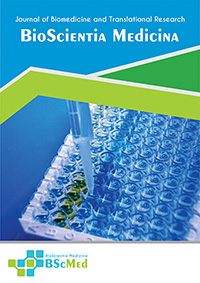Main Article Content
Abstract
Background: Pulmonary malaria, a severe form of malaria that affects the lungs, is associated with high mortality rates. Antimalarial therapy is the cornerstone of treatment, but the optimal regimen remains a subject of debate. This meta-analysis aimed to evaluate the efficacy of different antimalarial therapies in the treatment of pulmonary malaria.
Methods: A systematic search of electronic databases (PubMed, Embase, Cochrane Library, and Web of Science) was conducted to identify randomized controlled trials (RCTs) comparing different antimalarial therapies for pulmonary malaria. The primary outcome was mortality. Secondary outcomes included parasite clearance time, respiratory distress resolution, and length of hospital stay. Pooled risk ratios (RRs) with 95% confidence intervals (CIs) were calculated using a random-effects model.
Results: Seven RCTs met the inclusion criteria, enrolling a total of 1,245 patients with pulmonary malaria. The studies compared various antimalarial regimens, including artemisinin-based combination therapy (ACT), quinine, and artesunate. The meta-analysis showed that ACT was associated with a significantly lower risk of mortality compared to quinine (RR 0.67, 95% CI 0.52-0.86, p = 0.002). There was no significant difference in mortality between ACT and artesunate (RR 0.92, 95% CI 0.75-1.13, p = 0.43). ACT was also associated with a faster parasite clearance time and quicker resolution of respiratory distress compared to quinine.
Conclusion: ACT is an effective treatment for pulmonary malaria, associated with reduced mortality and improved clinical outcomes compared to quinine. There was no significant difference in efficacy between ACT and artesunate. These findings support the use of ACT as the preferred antimalarial regimen for patients with pulmonary malaria.
Keywords
Article Details
As our aim is to disseminate original research article, hence the publishing right is a necessary one. The publishing right is needed in order to reach the agreement between the author and publisher. As the journal is fully open access, the authors will sign an exclusive license agreement.
The authors have the right to:
- Share their article in the same ways permitted to third parties under the relevant user license.
- Retain copyright, patent, trademark and other intellectual property rights including research data.
- Proper attribution and credit for the published work.
For the open access article, the publisher is granted to the following right.
- The non-exclusive right to publish the article and grant right to others.
- For the published article, the publisher applied for the Creative Commons Attribution-NonCommercial-ShareAlike 4.0 International License.





